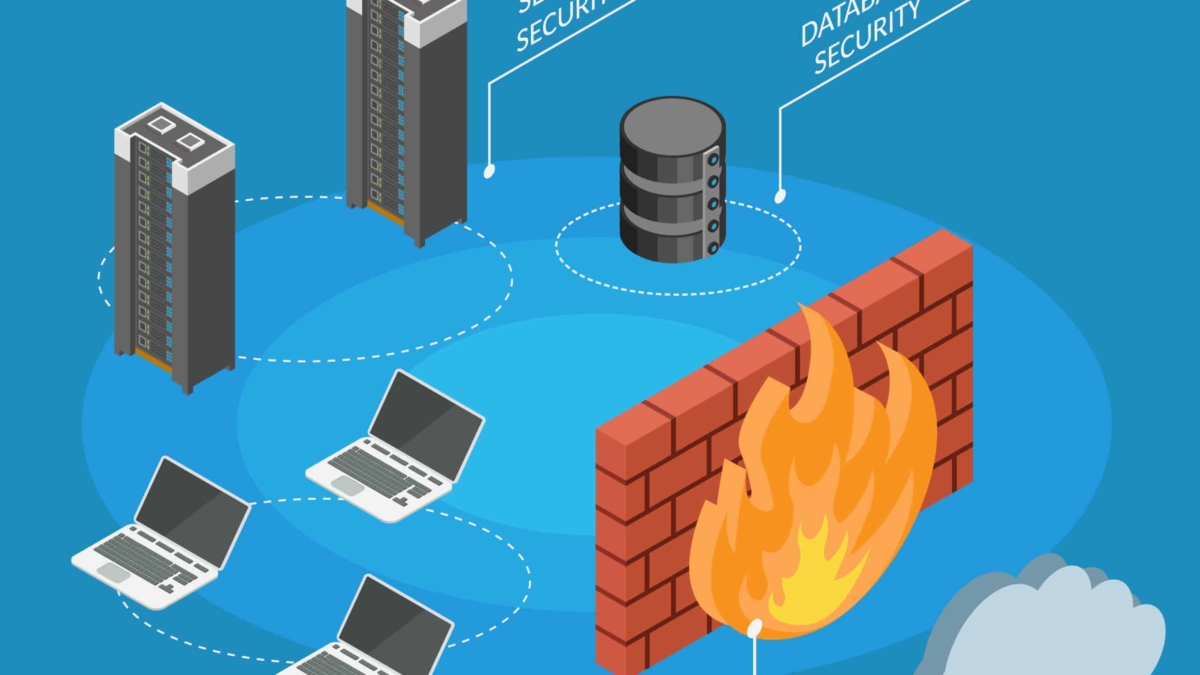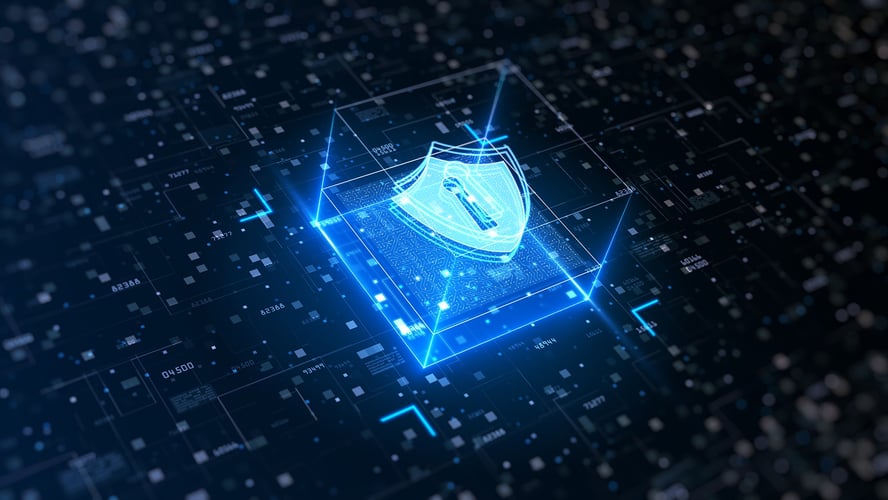Data Cyber Security: A Comprehensive Approach to Mitigating Digital Risks
Wiki Article
Exactly How Data and Network Safety Secures Against Emerging Cyber Hazards
In a period marked by the quick evolution of cyber threats, the relevance of data and network security has actually never been a lot more obvious. As these risks become a lot more intricate, recognizing the interplay between information safety and network defenses is necessary for alleviating risks.Recognizing Cyber Hazards

The ever-evolving nature of innovation consistently introduces new susceptabilities, making it necessary for stakeholders to stay vigilant. People might unconsciously fall victim to social engineering techniques, where aggressors adjust them into revealing sensitive details. Organizations face unique challenges, as cybercriminals frequently target them to exploit valuable data or interfere with operations.
Additionally, the increase of the Internet of Things (IoT) has actually expanded the strike surface area, as interconnected devices can work as access points for attackers. Acknowledging the importance of robust cybersecurity practices is essential for minimizing these risks. By cultivating a comprehensive understanding of cyber organizations, hazards and people can carry out efficient techniques to guard their digital properties, guaranteeing strength when faced with a significantly complicated danger landscape.
Trick Elements of Data Safety
Making certain data safety and security requires a complex method that includes various crucial components. One fundamental element is information file encryption, which transforms sensitive information right into an unreadable format, available just to licensed customers with the proper decryption tricks. This works as a vital line of defense versus unauthorized gain access to.Another vital component is access control, which regulates that can view or adjust information. By applying stringent user verification methods and role-based access controls, companies can lessen the risk of insider dangers and information breaches.

In addition, data concealing strategies can be used to secure sensitive information while still enabling its usage in non-production environments, such as screening and development. fft perimeter intrusion solutions.
Network Security Techniques
Carrying out robust network safety strategies is essential for guarding an organization's digital infrastructure. These approaches include a multi-layered technique that includes both software and hardware options created to secure the stability, discretion, and schedule of information.One crucial element of network protection is the deployment of firewall softwares, which work as an obstacle between trusted inner networks and untrusted outside networks. Firewall programs can be hardware-based, software-based, or a mix of both, and they aid filter outbound and incoming web traffic based upon predefined protection policies.
In addition, intrusion discovery and prevention systems (IDPS) play a crucial function in keeping track of network traffic for questionable activities. These systems can notify managers to possible breaches and take action to minimize dangers in real-time. Consistently upgrading and covering software application is likewise important, as vulnerabilities can be manipulated by cybercriminals.
Moreover, applying Virtual Private Networks (VPNs) makes certain protected remote accessibility, encrypting information sent over public networks. Segmenting networks can reduce the assault surface and have potential violations, restricting their effect on the total framework. By taking on these techniques, organizations can properly fortify their networks against emerging cyber risks.
Best Practices for Organizations
Developing best techniques for organizations is crucial in maintaining a strong protection pose. A comprehensive technique to information and network safety and security begins with regular danger assessments to identify susceptabilities and prospective threats.
In addition, constant employee training and recognition programs are necessary. Employees ought to be enlightened on acknowledging phishing efforts, social engineering strategies, and the relevance of sticking to safety protocols. Normal updates and patch administration for software and systems are likewise vital to safeguard versus known susceptabilities.
Organizations need to develop and check case response prepares to make certain preparedness for potential breaches. This includes establishing clear interaction networks and functions during a safety and security event. Information security must be used both at rest and in transit to secure delicate information.
Last but not least, performing regular audits and conformity checks will certainly assist make certain adherence to appropriate laws and established plans - fft perimeter intrusion solutions. By adhering to these ideal methods, organizations can considerably boost their durability against arising cyber dangers and safeguard their important properties
Future Trends in Cybersecurity
As organizations browse a progressively intricate digital landscape, the future of cybersecurity is positioned to progress dramatically, driven by changing and emerging innovations threat standards. One famous pattern is the integration of artificial knowledge (AI) and artificial intelligence (ML) into protection frameworks, enabling real-time risk discovery and response automation. These modern technologies can evaluate huge quantities of data to identify anomalies and potential violations a lot more effectively than traditional approaches.Another crucial trend is the increase of zero-trust style, which requires constant confirmation of user identifications and tool safety and security, despite their area. This strategy decreases the threat of insider dangers and boosts defense versus exterior assaults.
Additionally, the enhancing fostering of cloud services demands robust cloud safety and security strategies that resolve unique vulnerabilities connected with cloud settings. As remote job comes to be a long-term fixture, safeguarding endpoints will additionally end up being paramount, bring about an elevated concentrate on endpoint detection and response (EDR) options.
Lastly, regulatory compliance will remain to form cybersecurity techniques, pressing organizations to take on much more rigorous data protection measures. Welcoming these fads will certainly be necessary for organizations to fortify their defenses and browse the evolving landscape of cyber risks properly.
Conclusion
In verdict, the execution of robust data and network protection steps is essential for organizations to secure versus emerging cyber threats. By making use of file encryption, access control, and reliable network safety and security approaches, organizations can considerably lower susceptabilities and protect sensitive details.In an age noted by the quick development of cyber threats, the relevance of information fiber network security and network security has actually never ever been more pronounced. As these risks become a lot more complex, understanding the interaction between data security and network defenses is vital for minimizing risks. Cyber dangers incorporate a vast range of destructive activities intended at endangering the discretion, integrity, and availability of networks and data. A detailed technique to information and network safety and security begins with routine threat evaluations to recognize susceptabilities and prospective threats.In final thought, the application of robust information and network safety and security steps is vital for companies to secure versus arising cyber risks.
Report this wiki page